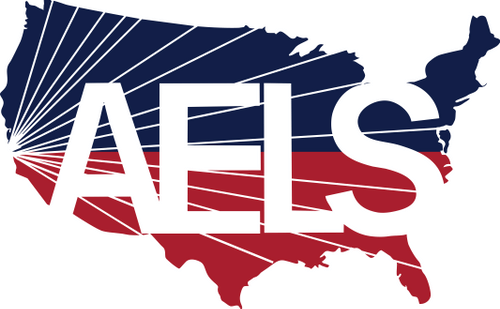
Change of Status

If you wish to change your status by replacing your current visa with a student visa, please contact an AELS representative after preparing the following information.
AELS lawyers are the best fit for students who really want to study here in the U.S. but need to change or reinstate their immigration status. Unlike other immigration lawyers, who often use scare tactics to make a profit and have no incentive to work hard for the student because they get paid in advance, we focus on truly taking care of each student’s case instead of making a profit.
We know that doing so adds to the reputation we have built for ourselves here at AELS: our students’ ability to succeed in their English education is our main priority and always will be.
Many people come to the United States for pleasure but later decide that they would like to change the purpose of their visit. When you enter the U.S. on a B1/B2 tourist visa, your visa prohibits you from enrolling in any course of study exceeding 18 hours a week. However, if while you are visiting, you decide that you would like to enroll in an English language school to help improve your English, you will need to change your status to an F-1 student visa before you can begin studying in an English language course. You can return to your home country to apply for an F-1 visa or you can apply for a change of status while remaining in the U.S. American English Language School can help you with the process of changing your B1/B2 tourist visa to an F-1 student visa.
To apply for a change of status while staying in the U.S., you must meet the following criteria and then file a request with the U.S. Citizenship and Immigration Services (USCIS).
You may apply for an adjustment of status if:
- You were lawfully admitted to the United States with a nonimmigrant visa
- Your nonimmigrant status remains valid
- You have not violated the conditions of your status
- You have not committed any crimes or engaged in any other actions that would make you ineligible for change of status
If you are eligible, you will need to submit your application and other required documents by the appropriate time. Once you have decided to change your visa status, you should apply right away.
Application Process Step 1: Apply and be accepted by a Student and Exchange Visitor Program (SEVP) certified school.After you are accepted into the SEVP approved school, you will be enrolled in the Student and Exchange Visitor Information System (SEVIS). Your school will then issue you a Form I-20, Certificate of Eligibility for Nonimmigrant Student Status.
Step 2: I-20 Form and SEVIS FeeAfter you receive your Form I-20, you must pay the I-901 SEVIS Fee ($350).
Step 3: Fill out and submit the Form I-539, Application to Extend/Change Nonimmigrant Status to USCIS.Submit your Form I-539 along with the $370 filing fee and any required documents, such as your passport, Form I-20, and Form I-94, Arrival/Departure Record. Make sure to complete all sections and sign the Form I-539 or USCIS may reject your application. You will also have to pay an $85 biometric services fee.
You will need to file a separate Form I-539 to request your B1/B2 visa status be extended if your current status will expire 30 days before your new program’s start date. You will also have to pay a separate $370 fee. Next, you must file a separate Form I-539 if USCIS does not decide on your change of status application before your intended new program’s start date. For your spouse or dependent children that may need to change their status, you can include them on your Form I-539. You will just need to submit proof of your legal relationship. Each dependent will also have to pay a separate $85 biometric service fee.
Step 4: Wait for approvalAfter you submit your application, do not assume that your change of status will be automatically approved. Until you receive your notice of approval from USCIS, you may not enroll in classes or begin your studies, or you may be considered in violation of the terms of your B1/B2 visa. The change of status processing time varies but is usually around three months. Please be advised that while your change of status application is pending, you should not travel outside of the U.S., or you may be automatically denied. USCIS may also send a Request for Evidence (RFE) before making their decision. This will pause your application from being processed, so be sure to submit the RFE as soon as possible to not delay your change of status application.
When you receive approval from USCIS, contact your school and you can begin your studies. If USCIS declines your application for change of status, you can go back to your home country and apply for an F-1 student visa at a U.S. Embassy or Consulate.
